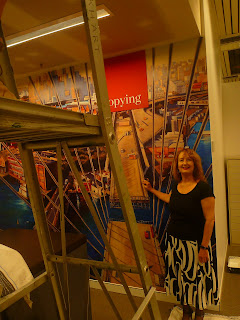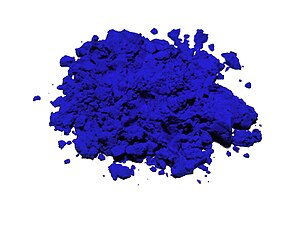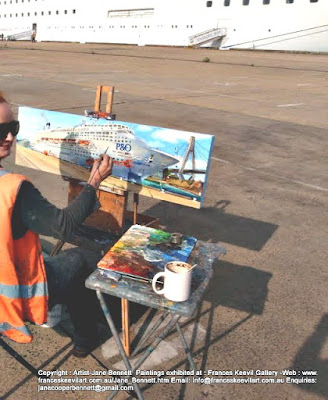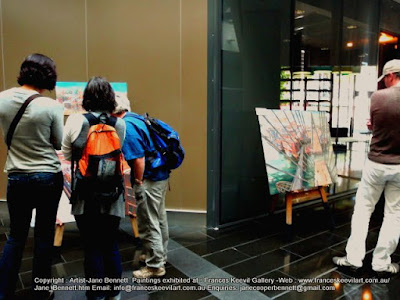It's strange how when some paintings have been completed, they take on a life of their own.
One of my favourite art documentaries has always been the series "The Private Life of a Masterpiece" showing the weird and wonderful uses and occasionally abuses of various famous paintings. Paintings that were forgotten for centuries, suddenly rediscovered and revered, mocked for being cliches and sent up rotten by Monty Python, and then revered again.
My painting "Closing the Gap" has already had a very exciting afterlife indeed. It was completely ignored for nearly a decade,and spent some time cooling its heels behind a nameless gallery's photocopier, but I knew even when I was painting it that if I could hang out long enough, its time would come.
I chose it as one of the images on my business cards, and noted that it was the most popular of all my cards. In fact a few people admitted that they had actually framed some of them as though they were miniatures!
The actual canvas was exhibited for 2 years in the
Powerhouse Museum, Ultimo, , in the exhibition : "Paradise,Purgatory and Hellhole-a history of Ultimo and Pyrmont".
It made a brief visit to an exhibition in the funky Insa-dong gallery precinct of Seoul in South Korea a couple of years ago, and it was reproduced in an Asian art journal.
In 2009 it was acquired for the collection of the
Mitchell Library,
State Library of NSW.
In 2010 it featured in the exhibition -
"ONE hundred"100 iconic objects from the permanent collection of the
Mitchell Library,
State Library of NSW, to celebrate the centenary of their founding in 1910, and a large image of it graced the back cover of the State Library Magazine.
In 2011, reproductions of it papered the boards covering the renovation work on the State Reference Library.
Now the State Library is going to hang a large reproduction of my work in the reading room of the redesigned State Reference Library.
The display should be set up by the end of September, although the official launch of the renovations of the State Library won't be until Stage 2 has been completed, which would probably be in March 2012.
"Closing the Gap" now seems to have become the iconic image of the western side of Sydney Harbour, just as
Brett Whiteley's "Jacaranda Tree on Sydney Harbour" is the iconic image for the eastern side.
Lavender Bay symbolized the hedonistic lifestyle dream of Sydney in the 1960s and 70s as Pyrmont now embodies the ideal of the early 21st century.
There may be free bookmarks, postcards and possibly even more merchandise to go with it. If I had a brain, I would have asked for royalties, but unfortunately I'm an artist and not an accountant, so I'll settle for fame and glory instead!
The Library has said that they might even put my blog address on the main image at the copy desk. Apparently they can do a "QR code" so people can link to the blog with their mobile phones ...
Considering that a bit over a year ago I didn't even know what a blog was, I'm impressed.
I feel as though I have become as much a mascot for the State Library as "Trim" the cat!








































